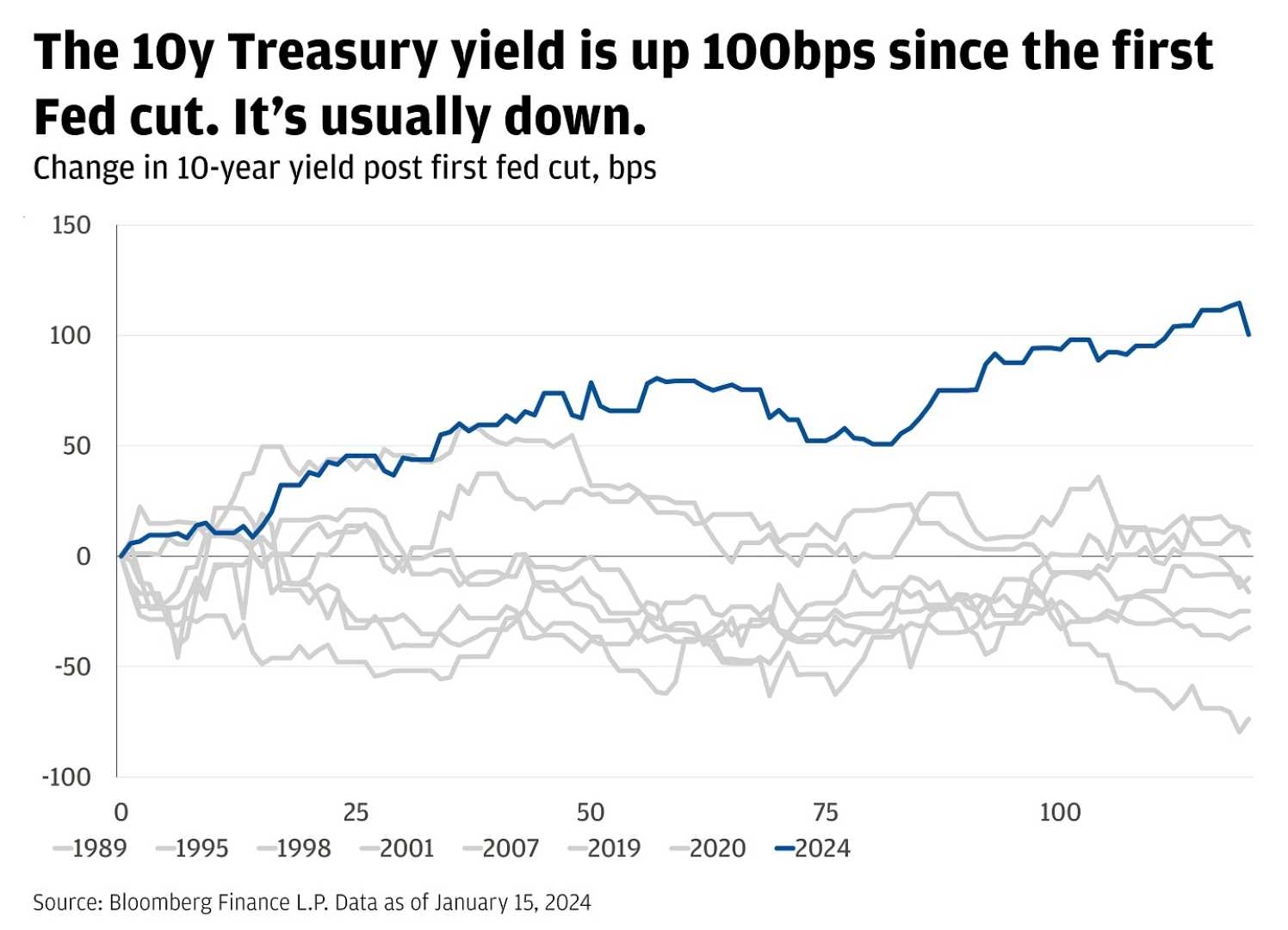Business
Treasury Yields Rise Amid Hot Inflation and Tariff Talks

WASHINGTON, D.C. — U.S. Treasury yields experienced a sharp rise on Wednesday, following the release of consumer inflation data that exceeded economists’ expectations.
The yield on the 10-year Treasury note jumped 9 basis points to reach 4.627%, while the yield on the 30-year Treasury surged more than 7 basis points to 4.363%. This rise illustrates the inverse relationship between yields and bond prices, with one basis point representing 0.01%.
The Bureau of Labor Statistics reported that the consumer price index (CPI) increased by 0.5% in January, contributing to a 3.0% rise over the last 12 months. Wall Street analysts, surveyed by Dow Jones, anticipated a monthly increase of only 0.3% and a 2.9% increase year-over-year.
Core CPI, which excludes the more volatile food and energy prices, saw a 0.4% rise for the month and a 3.3% increase over the past year. This was slightly above the expected increases of 0.3% and 3.1%, respectively.
“Today’s stronger-than-expected CPI release is likely to further cement the Federal Open Market Committee‘s cautious approach to easing,” said Whitney Watson, global co-head and co-chief investment officer of fixed income and liquidity solutions at Goldman Sachs Asset Management.
The Federal Reserve elected to maintain interest rates at its last meeting after previously cutting them in three consecutive sessions. Fed Chairman Jerome Powell emphasized the importance of balancing economic growth with inflation management. “We know that reducing policy restraint too fast or too much could hinder progress on inflation. At the same time, reducing policy restraint too slowly or too little could unduly weaken economic activity and employment,” Powell stated.
Powell is scheduled to speak again before the House Financial Services Committee later today, where market participants will look for signs regarding future monetary policy.
The producer price index, which provides insight into wholesale prices, will be released on Thursday, offering another economic bellwether for investors.
Investors are also navigating uncertainty stemming from recent tariff announcements made by President Trump, who indicated on Monday plans to impose a 25% duty on steel and aluminum imports. This additional layer of complexity in trade policies could modify market expectations surrounding inflation and economic growth.
Markets are keenly watching for key economic releases this week, including the January inflation reading and initial weekly jobless claims. The outcomes of these reports will considerably influence the Federal Reserve’s stance on interest rates, with many analysts predicting that rates will remain steady into the middle of the year.
“Steep tariffs and heightened policy uncertainty could push businesses to increasingly adopt wait-and-see behaviors and pull back on hiring,” said Watson. “This could lead to a more severe job slowdown, weaker income, and restrained consumer spending amidst much higher inflation.”
In a recent social media post, President Trump reiterated his call for interest rate cuts, stating that lowering rates would align well with forthcoming tariffs. “Interest Rates should be lowered, something which would go hand in hand with upcoming Tariffs!!! Lets Rock and Roll, America!!!,” the president tweeted.
This statement reflects a notable shift in the White House’s stance on monetary policy. Trump, who had previously called for immediate rate decreases shortly after taking office, appeared to adjust his view following the Fed’s recent decisions. Some economists believe the Fed may not cut rates further this year, despite fluctuations in the benchmark overnight borrowing rate.
As the market digests these developments, investors are urged to keep a close eye on the economic indicators and policymakers’ responses, which could shape the trajectory of the U.S. economy in the coming months.












